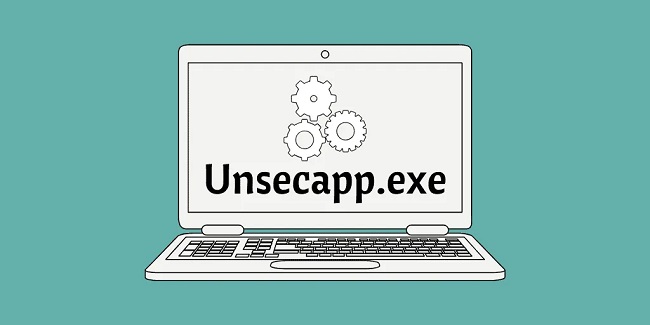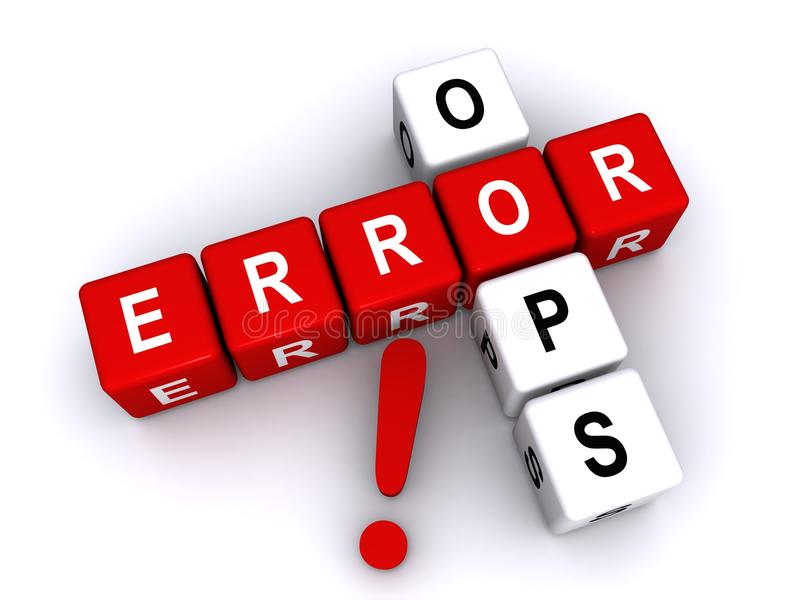Universal Sink to Receive Callbacks From Applications (Unsecapp) is an acronym for Universal Sink to Receive Callbacks From Applications. It’s a WMI subsystem component that’s a legitimate Desktop file.
By sending “questions” in WQL (derived from SQL) to WMI “suppliers,” Microsoft and third-party applications can get information about the status or behaviour of a local machine’s operating system, a remote machine’s system software, and a network. Only “unsecapp.exe” is utilised in asynchronous response mode.

How To
Should Unsecapp.Exe be Disabled
You could do that, but you shouldn’t. The authentic Unsecapp executable is thought to be both safe and essential. By disabling the service, you will prevent WMI from being used on your desktop when it is needed, which can have severe effects for the performance of your operating system.
By employing the WMI facilities, you will not only prohibit Windows from working, but you will also disable the functionality of any third-party application that is set up to use WMI programming. As a result, the Unsecapp executable should be considered a critical component of your system.
Read Also:
How Can You Tell If It’s Malicious
In the Details tab, look for “Sink to start obtaining asynchronous follow ups for WMI Apps” or “Unsecapp.Exe.”
Step 1: Right-click on the context menu and choose Open file location.
You’ll be sent to the Unsecapp.Exe website.
Step 2: If the path is C:WindowsSystem32wbem, continue to step 3. The process is real if the opened folder is within the wbem folder. There is something else if the location is changed in any way.
If you come across a malware process with the same name, conduct an anti-malware scan on your computer as soon as possible to fix the problem.
Unsecapp starts automatically for a variety of reasons. Unsecapp.Exe according to some users, launched immediately on their machines and looked suspicious. Let’s see what’s going on here.
Unsecapp.Exe is run whenever the system demands it, as previously stated. Assume you’ve put software on your computer that requires communication with a remote server. In this situation, Unsecapp.Exe acts as an interface automatically.
This is a regular problem, particularly when installing VoIP-based applications. Unsecapp support is required for applications like Skype and Discord. Similar needs may exist for some instant messaging platforms, virus prevention, and other apps. Unsecapp.Exe will start immediately in this instance.
Unsecapp.Exe on the other hand, is misunderstood by certain users. Unsecapp.Exe they believe, is a process started by Avast. They also believe that disabling Avast Antivirus can be accomplished by uninstalling it. It’s understandable if there’s some ambiguity.
All users should be aware, however, that Unsecapp.Exe is not an Avast component. On the other hand, Avast uses it to communicate with its remote computer. Almost all other antivirus programmes that link to remote servers have this problem.
How to Remove Unsecapp.Exe
To disable Unsecapp.Exe, follow the steps below.
Step 1: Press Ctrl+Shift+Esc to start Task Manager.
Step 2: In this directory, look for Worldwide Sink to Obtain Callbacks from Applications and Unsecapp.Exe.
Step 3: Complete the task (Right-Click).
Step 4: At this point, the file will be closed for the time being.
However, if you reboot the PC and insert any system that contains Unsecapp.Exe, the process will restart.
Read Also:
Conclusion
Unsecapp.Exe is a critical system process that cannot be disabled or deleted. It is required for the effective operation of your system. If you’re still concerned that Unsecapp.Exe is a fake, you can use Task Manager to detect the folder and determine if it’s the right process.
If it isn’t, you’re probably dealing with a malware attack posing as a critical system service. To deal with this, run a malware scan and remove any that you find. If it doesn’t work, you may need to wipe and reset Windows to factory settings to get rid of the infection.

